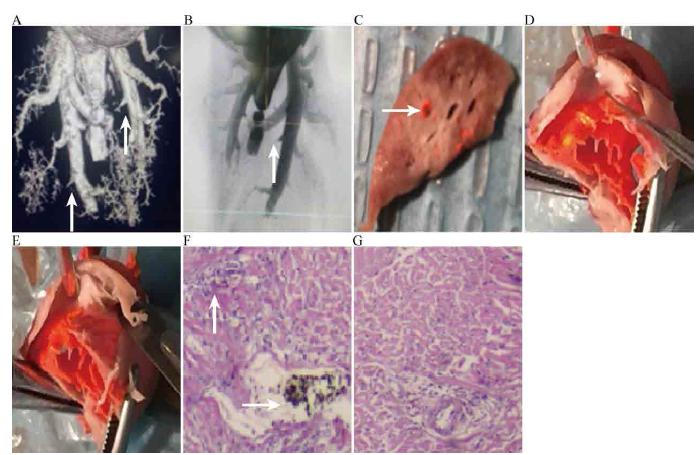Abstract
Purpose:
To investigate the correlation of inhaled nitric oxide (NO) on plasma levels of cardiac troponin I (cTnI) and von Willebrand factor (vWF), glycoprotein (GP) IIb/IIIa, granule membrane protein 140 (GMP-140) in rabbits with acute massive pulmonary embolism (PE).
Methods:
Thirty apanese white rabbits were divided into 3 groups, thrombus were injected in model group (n = 10), NO were inhalated for 24 h after massive PE in NO group (n = 10), saline were injected in control group (n = 10). The concentrations of vWF, GP IIb/IIIa, GMP-140 and cTnI were tested at 4, 8, 12, 16, 20, and 24 h, Correlation analyses were conducted between cTnI and vWF, GP IIb/IIIa, and GMP-140 by Pearson’s correlation.
Results:
The concentration of cTnI and vWF, GP IIb/IIIa, and GMP-140 was increased in the model group, compared to control group. In the inhaled group, the concentrations of cTnI, vWF, GP IIb/IIIa, and GMP-140 were reduced compared to model group. There was a positive correlation between cTnI and vWF, GP IIb/IIIa, and GMP-140.
Conclusion:
Inhaled nitric oxide can lead to a decrease in levels of cardiac troponin I, von Willebrand factor, glycoprotein, and granule membrane protein 140, after an established myocardial damage, provoked by acute massive pulmonary embolism.
Key words:
Pulmonary Embolism; Nitric Oxide; von Willebrand Factor; Glycoproteins; Rabbits


